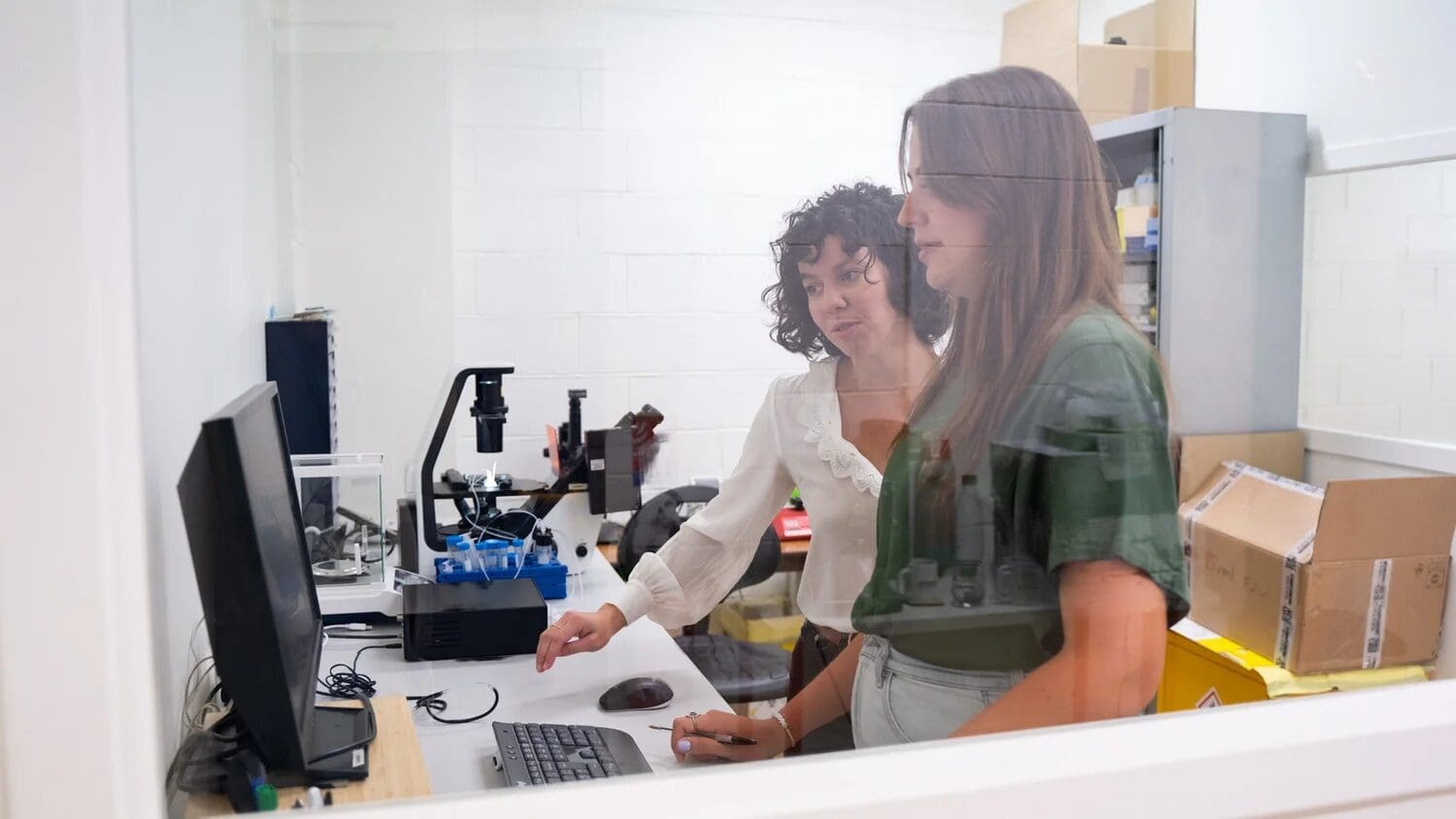Definition of Absorption
Absorption refers to the process by which one substance integrates into another, typically involving interactions between fluids and solid surfaces or within the fluid itself.
Understanding Absorption in Microfluidics
In microfluidics, absorption can influence the behavior and performance of microfluidic systems in various ways. It is a complex phenomenon with both physical and chemical aspects.
Physical Absorption
Physical absorption, also known as physisorption, is a type of absorption that involves weak, short-range forces known as van der Waals forces. These forces cause fluid molecules to adhere to solid surfaces without undergoing a chemical change.
For instance, when a fluid contacts a microfluidic device’s surface, physical absorption can alter the fluid flow and needs to be considered in device design to ensure proper functionality.
Chemical Absorption
This occurs when absorbed substances react chemically with the surface or within the fluid, leading to changes in properties such as color, state, or reactivity. Chemical absorption is used to drive specific reactions or visual changes, which can be useful in applications like biosensing where precise detection and manipulation of fluids are required.
Importance of Absorption in Microfluidics
Absorption plays a critical role in microfluidics due to the small scale of the systems. Even minor absorption effects can significantly impact fluid behavior and device performance. Therefore, understanding these effects is crucial for optimizing microfluidic designs and ensuring accurate results.
Advantages of Absorption
Absorption can enhance microfluidic systems by concentrating substances, removing impurities, or triggering reactions. In biosensing, for example, optimized absorption can improve sensitivity and selectivity, leading to more effective detection of specific molecules.
Challenges Posed by Absorption
Uncontrolled absorption can lead to issues such as substance loss, contamination, and altered fluid properties. This is particularly important in long-term applications where absorbed substances may accumulate over time. Additionally, predicting and managing absorption requires careful consideration of material properties and system conditions.

Absorption in Different Microfluidic Materials
The material of the microfluidic device plays a significant role in the absorption process. Different materials exhibit varying absorption characteristics and ach of these has its own advantages and disadvantages when it comes to absorption.
Glass and Silicon
Glass and silicon are often used in microfluidics due to their excellent optical properties and compatibility with standard fabrication techniques. However, they generally have low absorption rates for non-polar substances.
Polymers
Polymers, such as polydimethylsiloxane (PDMS), are also commonly used in microfluidics. PDMS, in particular, is popular due to its flexibility, biocompatibility, and ease of fabrication.
However, it also has high levels of absorption for non-polar substances which can be a challenge in microfluidic systems that use non-polar solvents or that need to maintain precise concentrations of substances. This can also be an advantage in systems that aim to concentrate substances or remove unwanted substances from a fluid.
Conclusion
Absorption is a fundamental aspect of microfluidics that influences both design and application. By understanding its various forms and impacts, one can better utilize its benefits and mitigate potential drawbacks.
